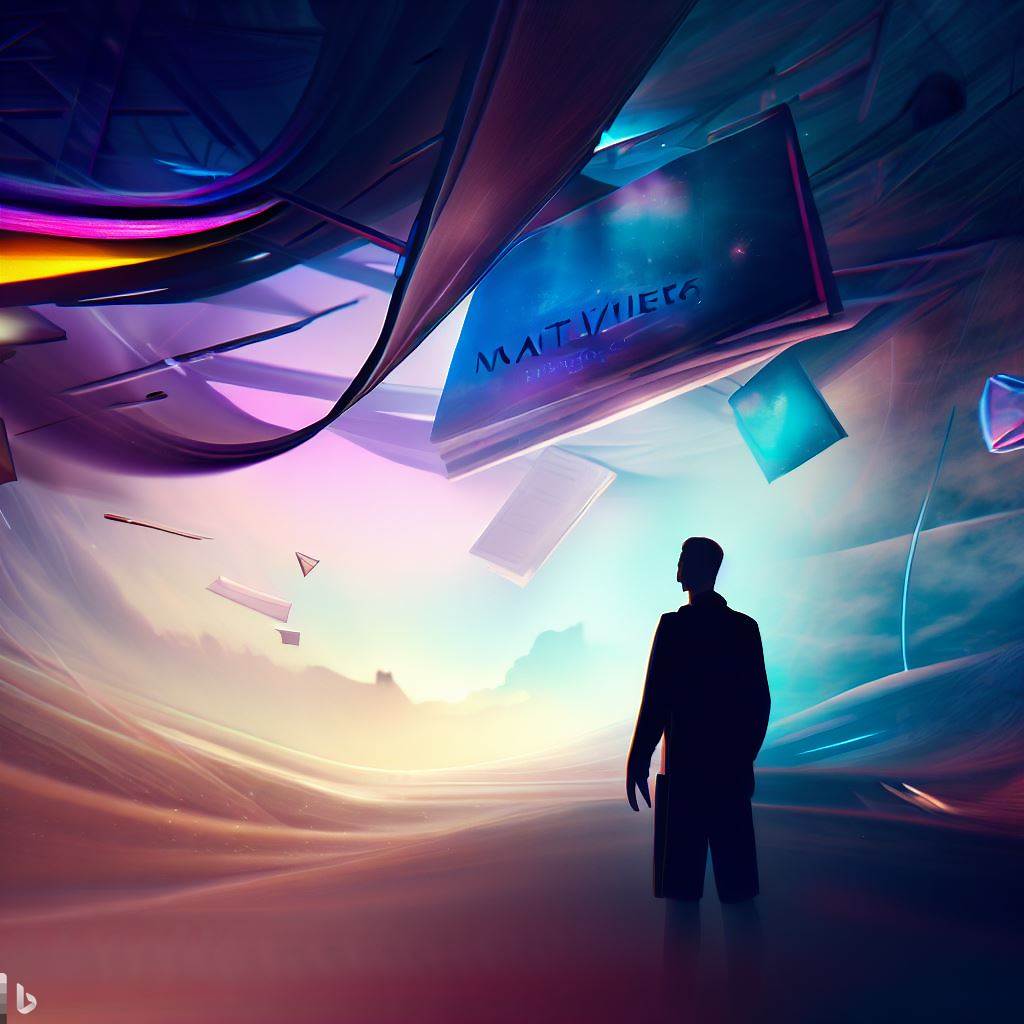In recent years, the concept of the metaverse has emerged as a fascinating and transformative space, encompassing a virtual realm where people can interact, socialize, and engage in various activities. Amidst this digital evolution, a novel avenue for creativity has arisen: metaverse storytelling. This innovative approach to storytelling leverages the immersive capabilities of the metaverse to deliver unique and interactive narrative experiences. In this article, we will explore the development of a metaverse storytelling platform and delve into the exciting realm of virtual storytelling within the metaverse development company.
The Metaverse Storytelling Platform:
Creating a metaverse storytelling platform involves merging cutting-edge technology with the art of storytelling. The platform is a gateway for storytellers to weave narratives that seamlessly blend with the metaverse environment, allowing users to become active participants in the story. Key components of the platform include:
Interactive Environments: The metaverse offers an expansive canvas for creating diverse and visually captivating settings. Storytellers can design immersive environments that serve as the backdrop for their narratives, enabling users to explore and engage with the story world.
Avatar-driven Storytelling: Users can assume unique avatars that represent them in the metaverse. These avatars become the protagonists or characters in the story, allowing users to inhabit the narrative and influence its progression through their actions and decisions.
Real-time Collaboration: Collaborative storytelling takes centre stage as users can interact with each other, shaping the story collectively. This real-time collaboration fosters a sense of community and shared narrative experience.
Multimedia Integration: Metaverse storytelling seamlessly integrates various forms of media, such as text, visuals, audio, and even virtual reality elements. This multimedia approach enriches the storytelling experience and engages users on multiple sensory levels.
User-Generated Content: Empowering users to contribute to the narrative opens the door for endless creativity. User-generated content, including quests, side stories, and characters, adds depth and diversity to the overarching story.
Virtual Storytelling in the Metaverse:
The metaverse serves as a fertile ground for reimagining traditional storytelling conventions. Virtual storytelling capitalizes on the metaverse’s unique attributes to craft narratives that transcend the limitations of physical reality. Here’s how:
Dynamic Storytelling: Traditional linear storytelling gives way to dynamic narratives in the metaverse. Users’ choices, interactions, and decisions dynamically shape the storyline, resulting in a personalized and immersive narrative experience.
Developing a Metaverse Storytelling Platform: A Step-by-Step Guide
Creating a metaverse storytelling platform involves a multifaceted process combining innovative technology, creative storytelling, and user engagement. Here’s a comprehensive step-by-step guide to developing such a platform:
- Conceptualization and Planning:
Define the core concept and vision of the metaverse storytelling platform. Determine the type of stories you aim to tell, the level of interactivity, and the target audience. Identify key features and functionalities, such as interactive environments, avatar-driven narratives, collaborative elements, and multimedia integration.
- Technology Stack Selection:
Choose the appropriate technologies and tools to build the platform. Consider factors like compatibility with virtual reality (VR) and augmented reality (AR), scalability, and ease of integration.
Explore existing metaverse platforms, engines, and frameworks that align with your goals.
- Storytelling Framework Design:
Design a flexible and adaptable framework that accommodates various storytelling formats, including linear, branching, and user-generated content. Determine the mechanics for user interactions, decision-making, and collaboration within the narrative.
- Virtual Environment Creation:
Develop visually captivating and interactive virtual environments that align with the story themes and settings. Integrate 3D modelling, animation, and visual effects to bring the story world to life.
Ensure seamless navigation and exploration within the virtual spaces.
- Avatar and Character Development:
Create a diverse range of avatars and characters that users can embody in the top 10 metaverse development companies. Design avatars with customizable features and attributes that allow users to personalize their virtual identities.
- Multimedia Integration:
Integrate text, audio, images, videos, and other multimedia elements to enhance the storytelling experience. Ensure smooth synchronization of multimedia components with the narrative progression.
- Interactive Mechanics:
Implement mechanics for user interactions, decision points, and branching paths that impact the storyline. Develop a system to track and save user choices, enabling personalized narrative outcomes.
- Collaborative Features:
Integrate real-time collaboration tools that allow multiple users to engage with the narrative simultaneously. Enable users to interact with each other’s avatars, exchange messages, and work together to shape the story.
- User-Generated Content:
Design a platform feature that enables users to contribute their own stories, quests, and characters to the metaverse. Implement a content moderation system to ensure the quality and appropriateness of user-generated content.
- Testing and Iteration:
Conduct extensive testing to identify and resolve technical issues, usability challenges, and potential bugs. Gather feedback from beta testers and users to refine the platform’s features and user experience.
- Launch and Marketing:
Prepare for the official platform launch by optimizing performance, security, and user engagement. Develop a marketing strategy to promote the platform and attract users, including social media campaigns, influencer partnerships, and media outreach.
- Ongoing Maintenance and Updates:
Continuously monitor and maintain the platform to ensure smooth operation and user satisfaction. Regularly release updates and new content to keep users engaged and excited about the storytelling experience.By following this step-by-step guide, you can embark on the journey of developing a metaverse storytelling platform that revolutionizes how stories are told, experienced, and shared in the digital age.
Conclusion:
The emergence of the metaverse has sparked a revolution in storytelling, offering a playground for creativity and interactivity. The development of a metaverse storytelling platform paves the way for crafting immersive narratives that engage users on unprecedented levels.
Virtual storytelling in the metaverse redefines the boundaries of traditional storytelling, enabling dynamic, spatial, and socially enriched narratives. As technology continues to advance and the metaverse evolves, the possibilities for storytelling are boundless, ushering in a new era of narrative exploration and collaboration.


